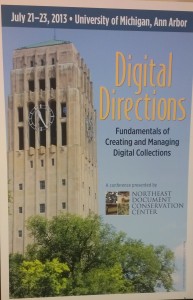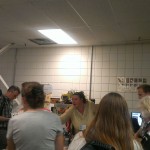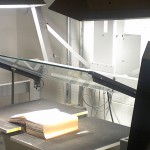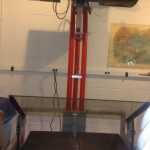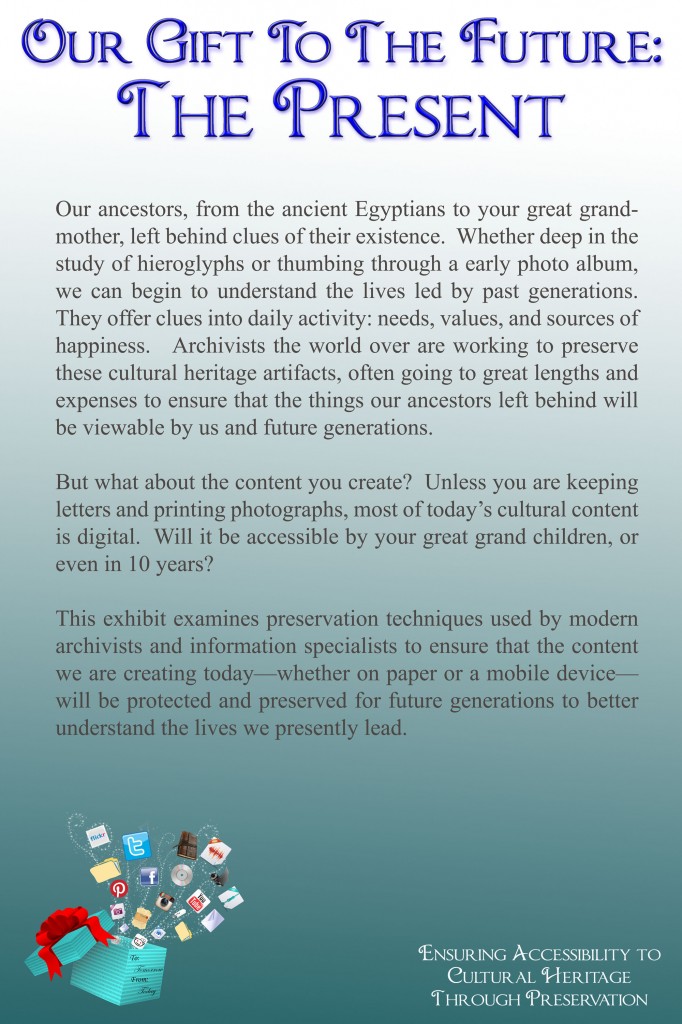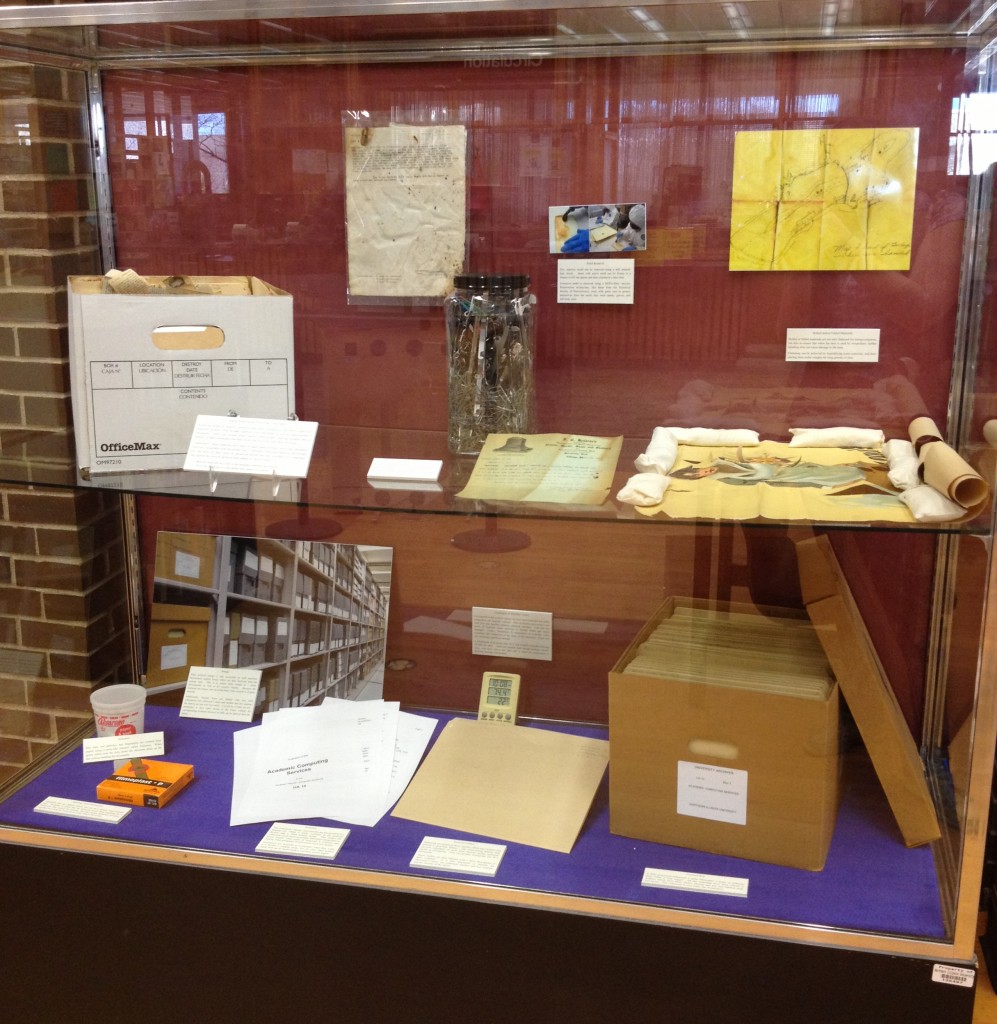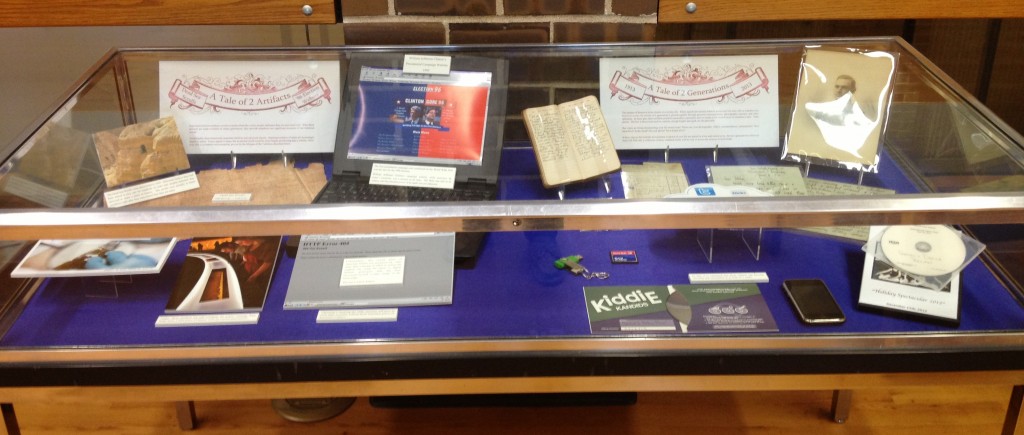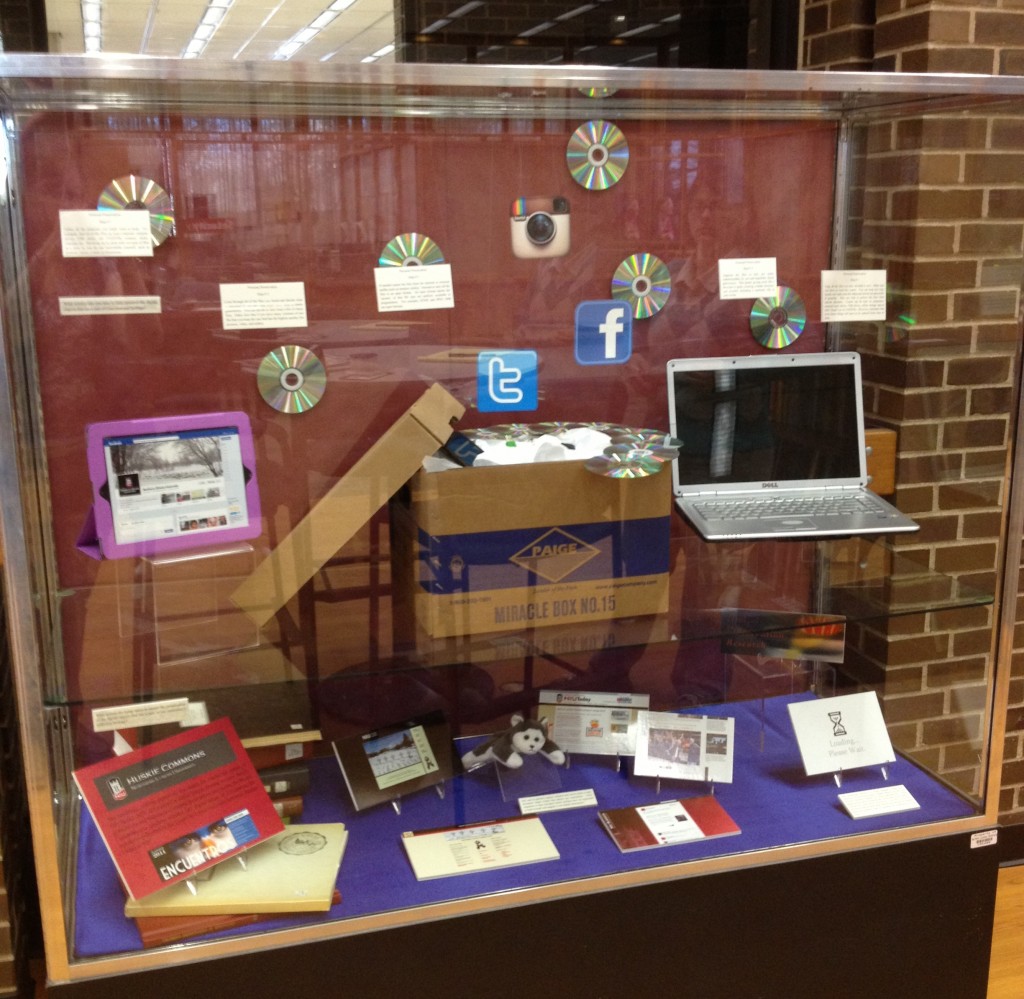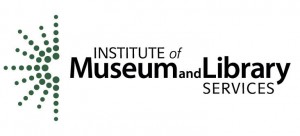As our intrepid readers know, we are now entering the testing phase of our project. Want to see where we are? Check out the wiki.
So, I attempted to test my first piece of software today. Keep in mind that this is end-user style testing, where my goal was to launch the installed software on the requisite laptop, completely cold, and figure out how easy it was to use out of the box by poking at it. We’re asking questions like “how intuitive is it?” You can find our tool evaluation documents on our wiki.
It was…educational. And not as easy/intuitive as I’d hoped.
Here’s what I was hoping to do with this software (no, not identifying it right now, but it’s one of the ones we’ve selected to look at in-depth):
1. Ingest a folder with a small directory structure and three different file types.
2. Have the software extract/import metadata from the files (or, later, from a supplied file) to the software.
3. Add the metadata to the files, and POOF! prepared for export into the long-term storage vessel of my choice.
*jazzhands*
It…didn’t work like that. I suspected not, and that was confirmed.
This tool seems aimed towards large-batch prep for preservation of materials that are fully processed with all the metadata ready to go, not a small batch of stuff without ready metadata.
I had trouble navigating through the software to find the pages indicated by the help documents. Firstly, read this and try to find a solution. I was making notes in capslock on my documentation sheet within 15 minutes of opening the software in my frustration, especially when the navigation in the help documentation also failed and I had to relaunch it to regain the windows I had clicked away from.
This tool (based on the help files that I finally attempted to use) assumed I had metadata all ready to go in a delineated file. What I had was an XML record for the whole file that I managed to export from our ARCHON system. Which I then couldn’t figure out how to convert or import into the “delimited file” that the system expected.
The tool also assumed that I knew enough about MODS to build a record more or less from scratch, if I didn’t have delimited metadata to add. (I’m a former cataloger but not a metadata expert by any means. I don’t routinely build records, I use tools like ARCHON to build them FOR me out of relatively standardized natural language that I enter into the software.)
I have trouble imagining the workflow for this software without more expertise than I currently have. I’m sure I’ll DEVELOP more as I learn more. But. Frustrating.
I’m sure that the other tools I’ll test will likely be frustrating in slightly different ways.
Digital preservation lesson for the day: there will always be things that you don’t know. The cost of not knowing is the time it takes to either ask for help or figure it out yourself.
…whee?

